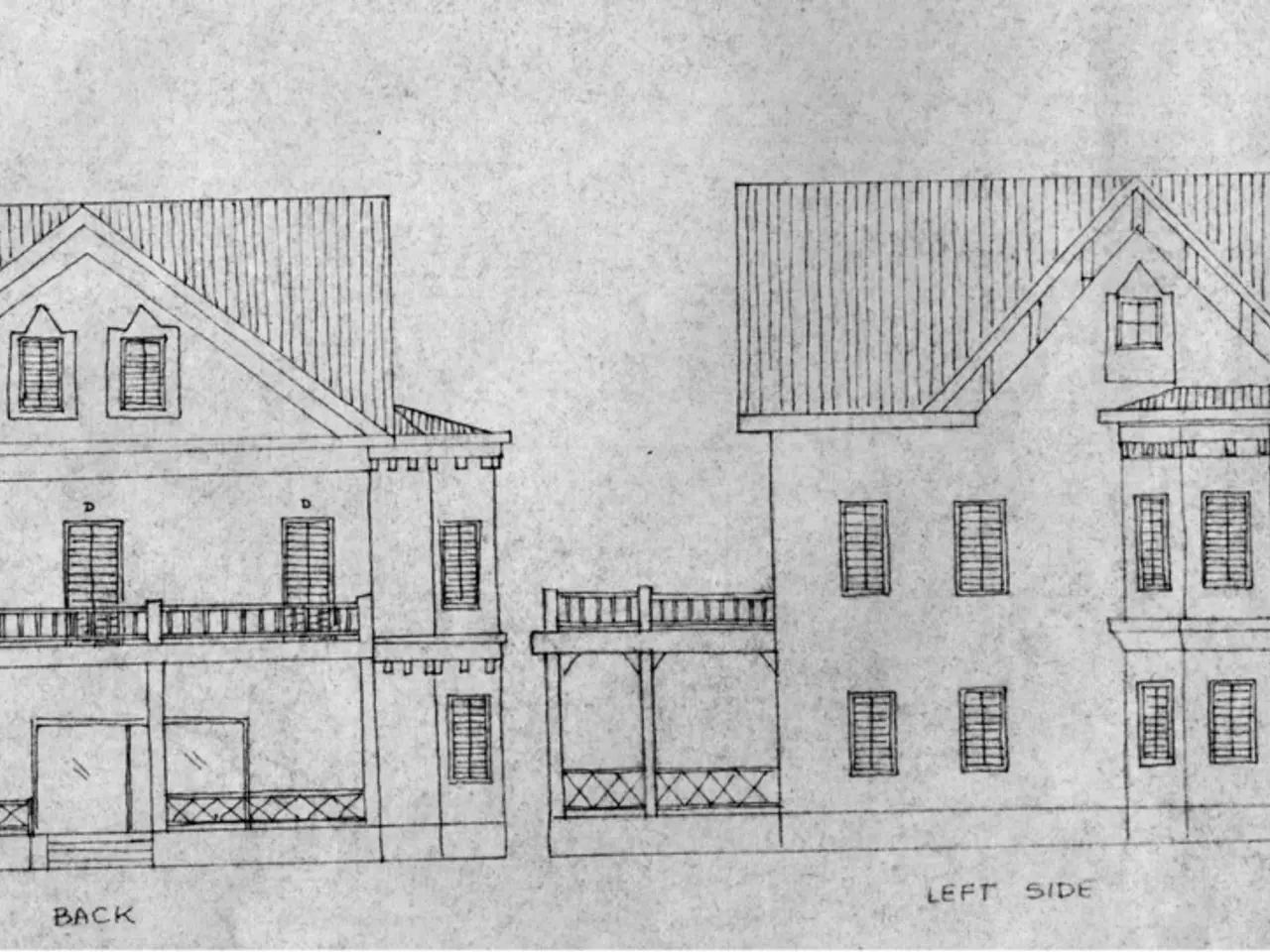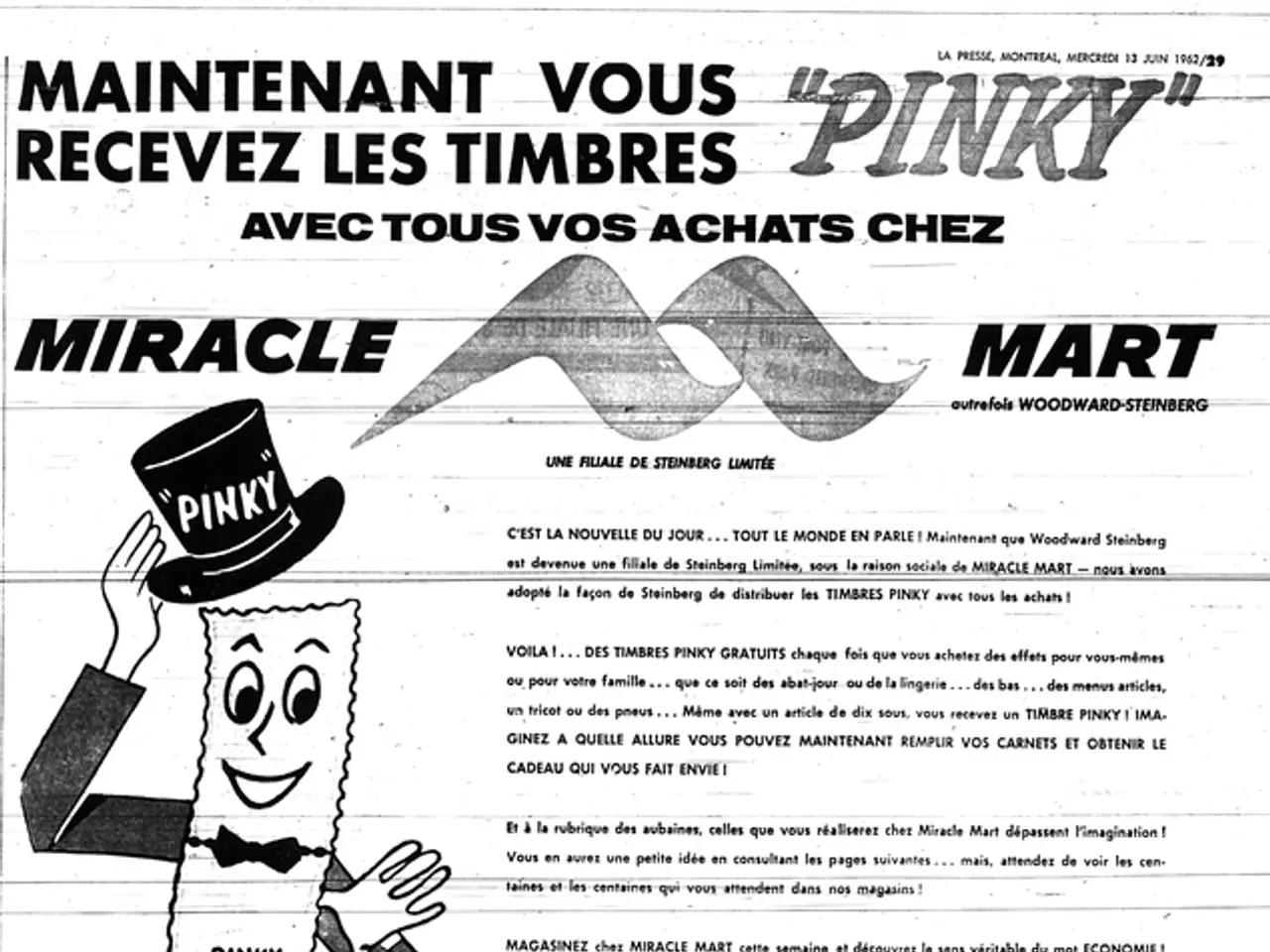Guide on Thoroughly Examining a Property Prior to Purchase
Exploring the world of property has never been easier, thanks to the Public Cadastre Map available on EGRN.Reestr. This online tool offers a wealth of information about land plots and properties registered in the Unified State Register of Real Estate (EGRN).
To get started, simply visit the EGRN real estate portal and interact with the intuitive Public Cadastre Map interface. You can locate a property of interest by entering its address, cadastral number, or by visually browsing the map.
Once you've found your property, you'll have access to a variety of information layers. These include:
- **Boundaries**: Clearly demarcated land parcel boundaries help in understanding the precise dimensions and neighbours of a property. - **Cadastral Number**: Each property or land parcel is assigned a unique cadastral number, acting as an official identifier. - **Permitted Activities (Land Use)**: The map and associated registry data indicate the allowed use types for the land, such as residential, commercial, or agricultural, which are crucial for legal and investment assessments. - **Cost / Cadastral Value**: The official cadastral value (cost) of the property is typically available, which is used for taxation and evaluation purposes. - **Owner Data**: Information about the registered owners or right holders (individuals or legal entities), as well as the nature of ownership rights or restrictions, is provided. - **Encumbrances or Limitations**: Information on any legal restrictions, liens, mortgages, or easements affecting the property may also be accessible.
Interpreting this data is key to understanding the property's characteristics. Use cadastral boundaries to confirm the exact size and shape of the plot, comparing it against physical landmarks or buildings. Check the permitted land use to ensure intended activities comply with local zoning or land use regulations. The cadastral cost assists in tax calculations and property valuation but may differ from market value. Ownership data confirms who legally controls the property, which is essential for due diligence before purchase or leasing.
Some detailed documents, such as ownership certificates or encumbrance details, may require a formal request and proof of legal interest. Always cross-check official documents in person or through authorized agencies when making legal decisions.
While the Public Cadastre Map provides a wealth of information, for comprehensive and legal-grade information, certified extracts or property certificates from the registry may be necessary. These can be obtained for a fee and require certain identifiers like cadastral numbers.
In summary, the Public Cadastre Map on EGRN.Reestr is an invaluable tool for property search, due diligence, planning, and legal compliance purposes. It offers a visual representation of land boundaries, information on legal owners, and permissible activities, while accompanying registers detail the property's legal and technical details.
[1] For official and certified documents or very detailed ownership and encumbrance information, consider submitting a formal request via the EGRN or visiting a local cadastral office.
- To aid in making informed decisions about real-estate investing, it's crucial to explore the various information layers provided by the Public Cadastar Map, such as permitted activities, cadastral value, and owner data on EGRN.Reestr.
- Upon discovering a property of interest on the Public Cadastre Map, investors may find it beneficial to obtain certified extracts or property certificates from the registry for more comprehensive and legally binding information, especially for detailed documents like ownership certificates or encumbrance details.




